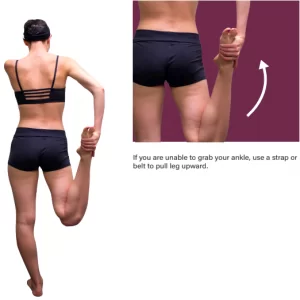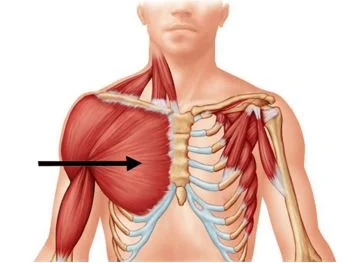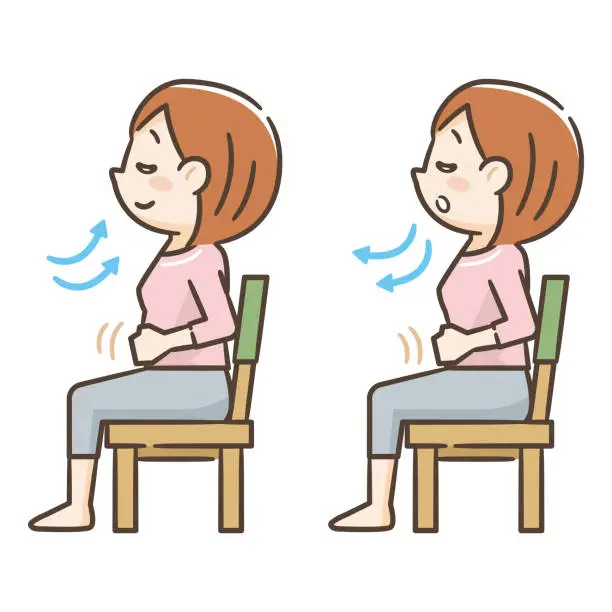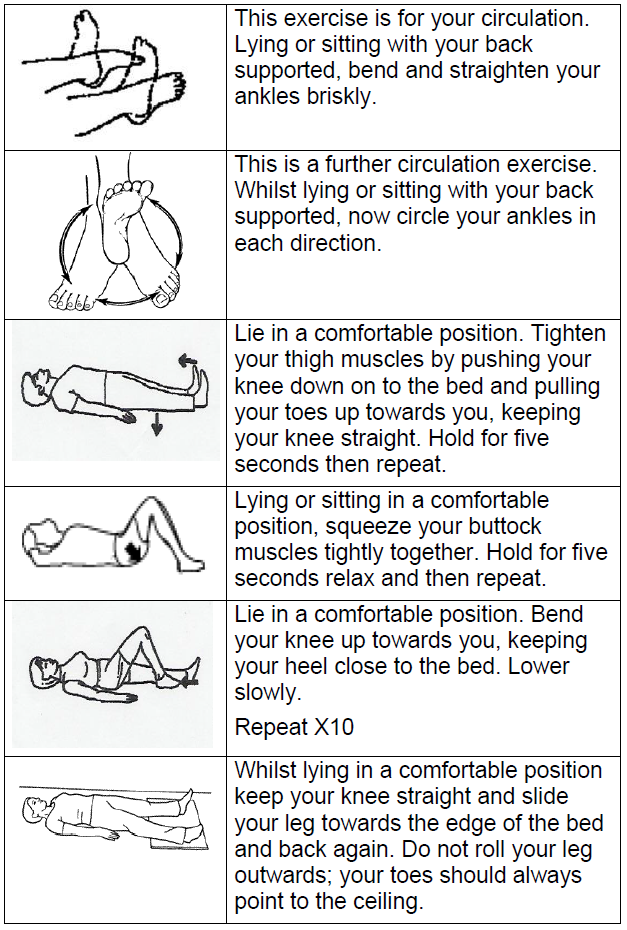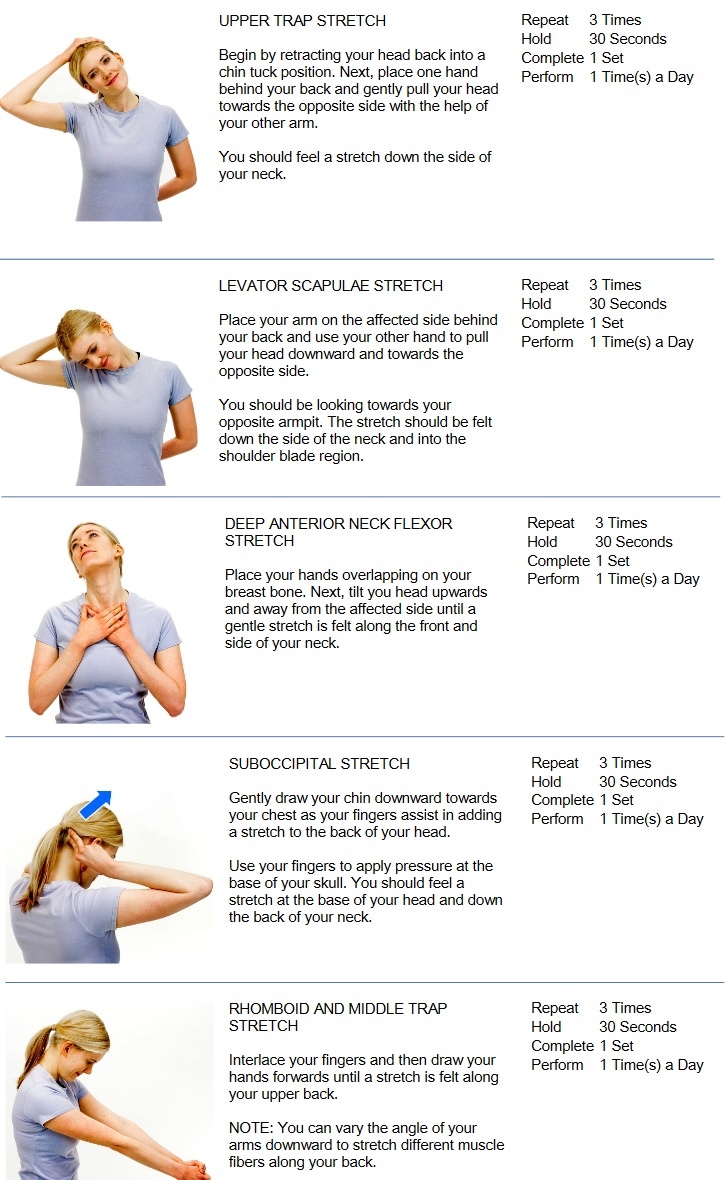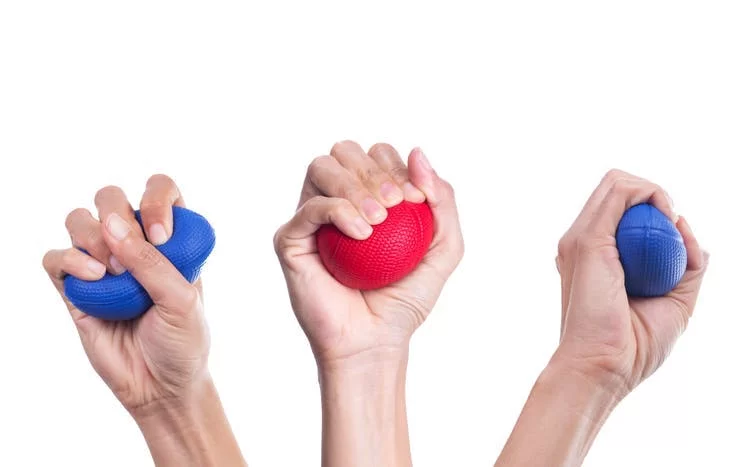Sartorius stretching exercise: Health benefits, How to do?
Sartorius stretching exercise is a great way to improve the flexibility of the thigh area that helps to reduce the risk of injury and has many health benefits.
What is the Sartorius muscle?
You have a sartorius muscle on the sides of your body, each starting on the anterior superior iliac spine of the pelvis. From its start, the sartorius then crosses the front of the thigh, angling inward, ultimately ending on the medial side of the tibia.
Because the sartorius runs through the two joints—the hip and the knee—the muscle plays a role in motion at both joints. The actions of the sartorius involve:
- Hip flexion: Flexing at the hip, as when a person march in place with high knees
- Hip abduction: Dragging your leg away from your midline, as when you draw a step to the side
- External hip rotation: Rotating your leg outside so your thigh, knee, and toes turn toward the side of the room
- Knee flexion: Flexing your knee to move your heel toward your glutes
The tree poses in yoga is an example of an exercise that needs all of the sartorius actions. When you do a tree pose, you have to flex your hip and knee to move your foot upward.
You then have to abduct and rotate your hip to outward of the room to put the bottom of your raised foot on the inside of your stationary leg. Cross-legged sitting is also the best example of sartorius’s action.
What are the Health Benefits of sartorius muscle stretching?
There are certain benefits you can gain. those are:
- It increases the range of motion in the hip and knee joints such as hip flexion, abduction, external rotation, and knee flexion.
- It helps you during walking.
- It is also useful for cross-leg sitting positions.
- You can perform daily tasks better if you don’t have sartorius tightness.
- It releases tightness of surrounding muscles because its origin and insertion cover two joints.
- It improves blood circulation in the area.
- It increases the flexibility and mobility of muscles.
- Reduce the risk of sartorius muscle pain
What are the types of sartorius stretching?
There are certain types of stretching you can perform :
- Kneeling Stretch
- Standing Stretch
- Butterfly stretch
- Fire Log Pose
Kneeling Stretch
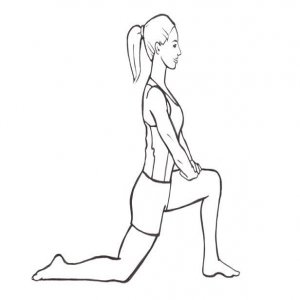
How to perform this stretch: Kneel with your left knee on the floor, the right knee bent at a 90-degree angle in front of you, with that foot flat on the ground. Support yourself against a wall, if you need, to maintain your balance.
Maintain your spine upright and imagine the pelvis as a bucket full of water. Maintaining your pelvis in a neutral position that is, neither tilting forward nor backwards-will maintain the imaginary water from spilling out.
Lean forward with your spine still completely straight. Think of pushing your pelvis forward while still maintaining its level.
Clenching your buttock muscles while you perform may help you get a feel for the right movement.
Pause the stretch for between 10 to 30 seconds, breathing normally as you perform so, then gently release and repeat on the other side. Repeat the kneeling stretch 2-5 times on each leg.
Standing Stretch
How to perform this stretch: Stand on your left leg. Support yourself against a sturdy piece of equipment if necessary to maintain your balance.
Bring your right heel close to your buttocks.
Grasp the right foot in both hands-if possible-or in the right hand to help keep it close to the body.
Imagine pushing the hips forward without arching the back. You can feel the stretch in the front of the hip and possibly down the inner side of your thigh as well.
Breathe normally. Pause the stretch for 15 to 30 seconds, then gently release and repeat on the other side.
Butterfly stretch
How to perform this stretch: Sit down on the mat with your legs in front of you.
Reach forward and grab your left foot. It is ok to flex your knee to help your hand and foot join.
Gently pull your left foot up towards your groin bending until it is at a cosy spot and the sole is facing your right thigh.
Flex your right knee to bring your right foot toward your groin so that it’s sole touches the sole of your left foot.
Grab your feet with your hands and place your elbows on your knees.
While keeping your back upright, allow your knees to fall toward the ground. You can give mild pressure on the inner thigh by pressing gently on the knees with the elbows.
When you feel stretched pause it for 60 seconds.
Repeat 3- 4 times.
Fire Log Pose
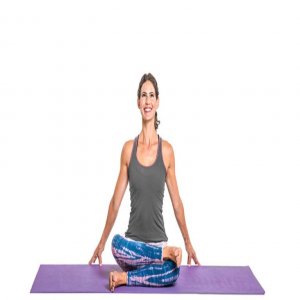
How to perform this: Take a sitting position on one edge of a thickly-folded blanket, knees bent, feet on the ground. Gently shrug your shoulders up, keep your spine upright.
Slide your right foot under your left leg to the outside of your left hip, and lay the outer leg on the ground. Then, stack your left leg on top of the right. Be sure the left ankle is outward the right knee. So the sole is perpendicular to the ground.
If you have more flexibility in the hips, you can slide your right shin forward directly below the left to increase the challenge; otherwise, keep the right heel beside the left hip. If your hips muscles are tight, you may feel that bringing the ankle to the outer knee is uncomfortable. In this matter, take sit with your shins crossed in Sukhasana.
Press through the heels and spread your toes. Keep your front upper body long, exhale and bend forward from your groins. Assure not to round forward from your belly. Lay your hands on the ground in front of your shins.
What are the common mistakes you should take care of?
There are some mistakes you need to know about are :
Bouncing – Bouncing in your stretch can pull on tendons and muscle ending points instead of lengthening the muscle. Bouncing beats the purpose of the stretch, which is to elongate and relax the muscles. Use slow, smooth motions when doing your stretch.
Pressing Down Forcefully – Do not press down with too much force during butterfly stretch. Just like bouncing, this can put extra pressure on the tendons, insertion points, and ligaments—so making you more prone to injury or overstretching.
Holding Your Breath – Never hold your breath while stretching. As yoga teaches, the breath can assist you to stretch deeper. Inhale as you release and exhale as you initially perform the work.
What are the safety precautions you need to follow?
Some safety matters you need to know:
- You will feel a stretch in the sartorius muscle, but you should not feel any pain. If you do feel pain, let go of the stretch.
- If you have had a knee, talk to your physical therapist about whether you should perform this stretch.
- Never perform stretching into prior injury areas. such as fracture, and strain.
FAQ
What makes sartorius tight?
The sartorius muscle, like many other soft tissues, can become tight as a result of an acute muscular tear, from overuse, or possibly from spending too much time in one posture.
How do you fix a tight sartorius?
A mixture of anti-inflammatory drugs to lessen pain and swelling, stretching exercises, icing the injured area, rest, and rehabilitation activities are common treatments.
How do you stretch your sartorius while sitting?
Legs bent and feet flat on the ground, sit position. Slide the foot of the leg you want to extend out and let the knee come in. With your hands, turn this leg’s foot so it sits next to your hip. The inside of your knee should sag.
What is the nickname of sartorius muscle?
Sartorius is sometimes referred to as the tailor’s muscle because its name comes from the Latin word sartor, which means tailor.
What is the main function of the sartorius?
The movements on the knee and hip joints are produced by the sartorius muscle. Leg flexion, external rotation, and abduction are all possible at the hip joint. Additionally, sartorius contraction can result in medial, or inward, rotation of the tibia relative to the femur as well as knee flexion.

